

The Materials AI Lab develops physics-informed machine learning and generative models to accelerate materials discovery and understand complex structure–property relationships at multiple scales.
Amorphous carbon (a-C) is widely used in electronics, energy storage, and coatings. However, its non-crystalline structure makes accurate characterization difficult.
We apply machine learning to predict a-C structures from spectroscopy data, uncovering new structure-spectrum relationships. We are also developing generative models to design materials with targeted properties.
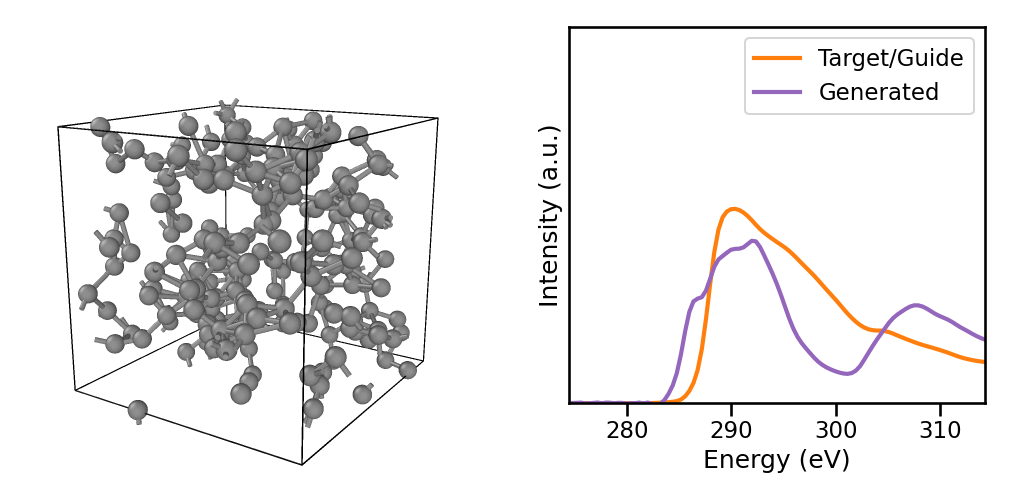
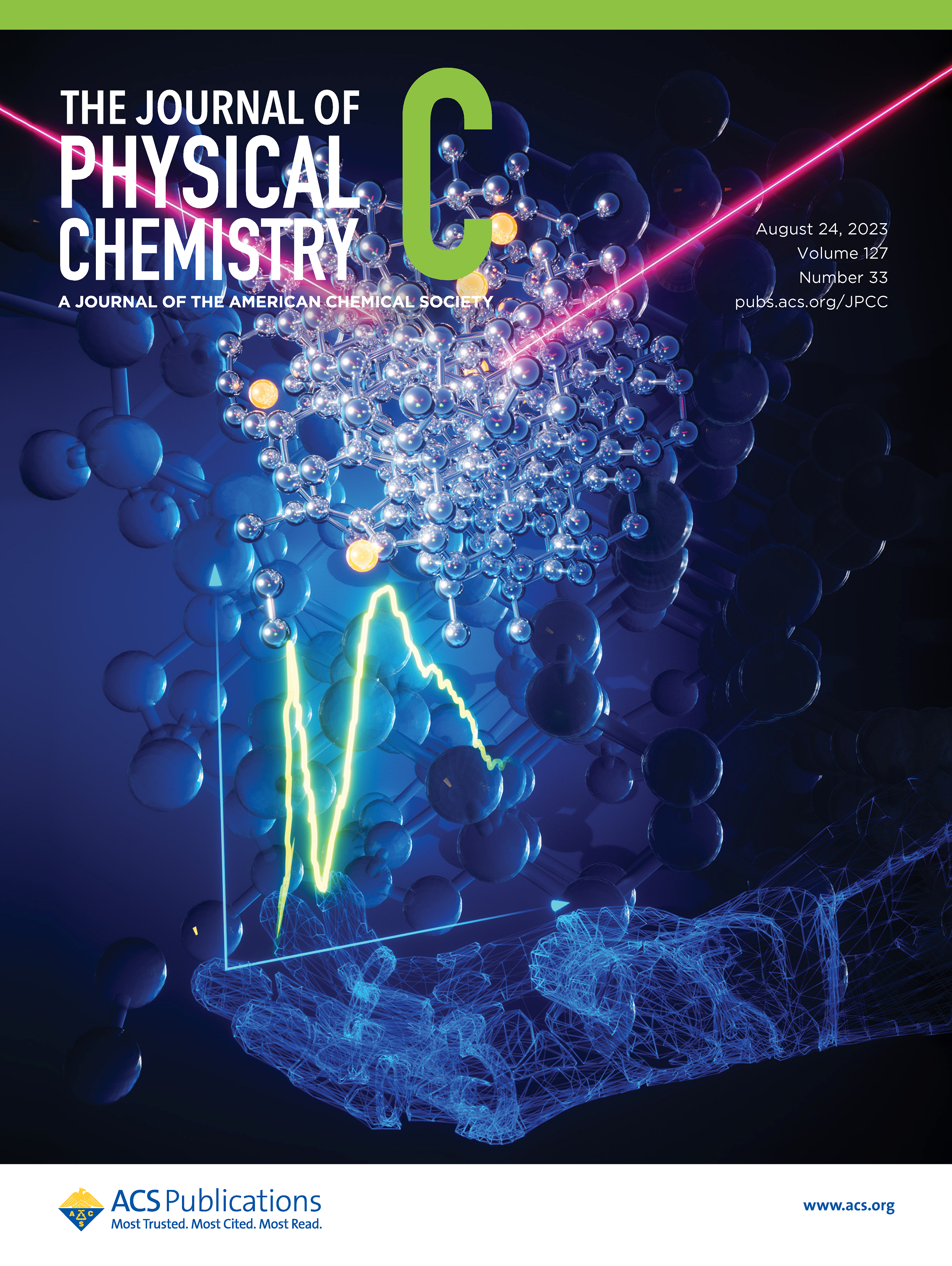
Harnessing Neural Networks for Elucidating X-ray Absorption Structure–Spectrum Relationships in Amorphous Carbon
H Kwon et al.
J. Phys. Chem. C 127 (33), 16473–16484
Read the paper
Spectroscopy-Guided Discovery of 3D Structures of Disordered Materials with Diffusion Models
H Kwon1, T Hsu1 et al.
Machine Learning: Science & Technology 5, 045037
Read the paper
LLNL Newsline
We use machine learning potentials to study proton transfer in TiO₂ nanopores, revealing confinement effects and enhancing photocatalytic design.
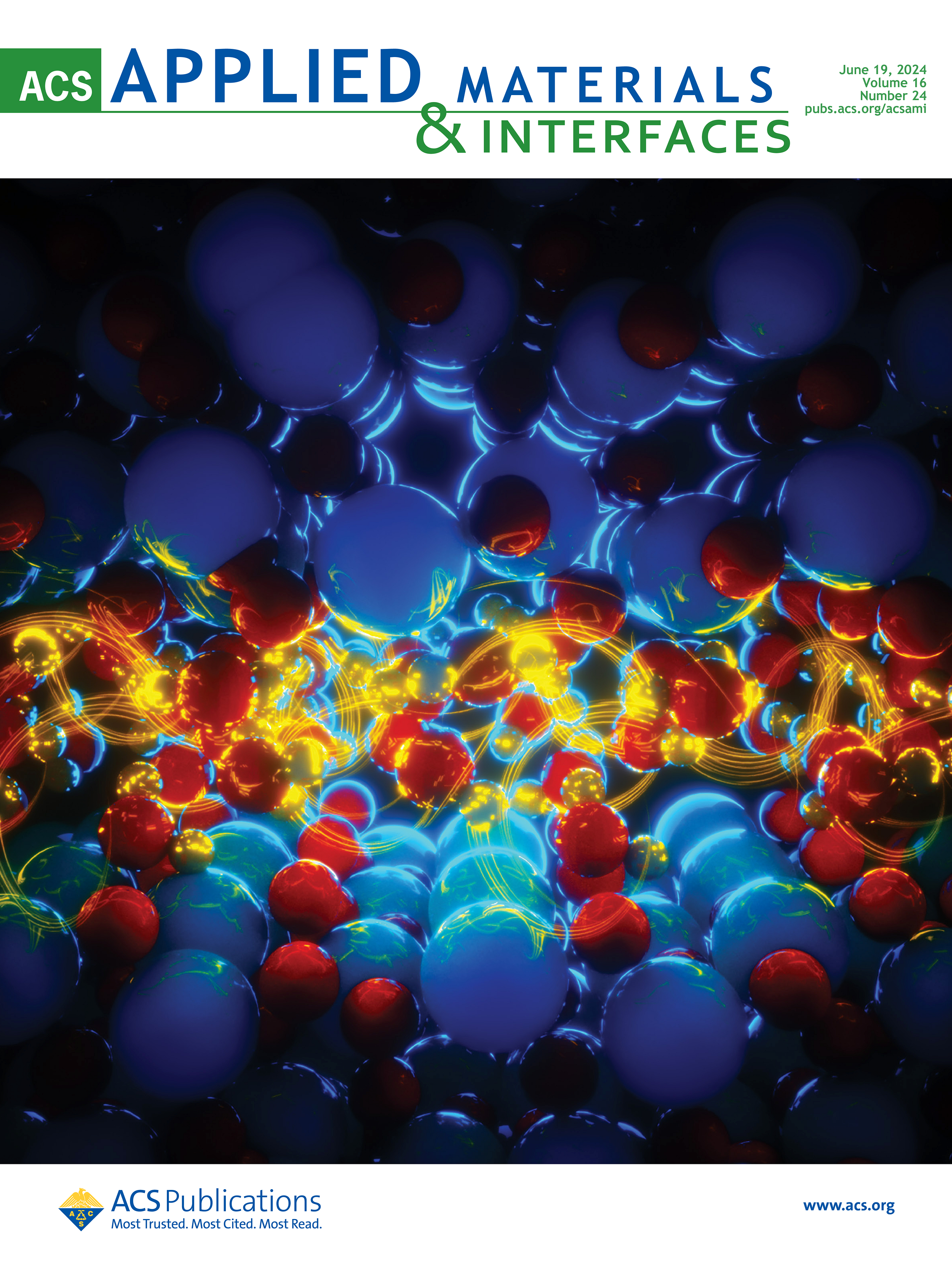
Using DFT, we study hydrogen adsorption thermodynamics in MOFs to guide the design of improved energy storage materials.
Confinement Effects on Proton Transfer in TiO₂ Nanopores
H Kwon et al.
ACS Applied Materials & Interfaces
Read the paper
LLNL News
DOE News
Tuning Metal–Dihydrogen Interaction in MOFs for Hydrogen Storage
H Kwon, D Jiang
J. Phys. Chem. Lett. 13 (39), 9129–9133
Read the paper
We use machine learning to understand and mitigate persistent pollutants like PFAS, predicting both bioactivity and degradability.
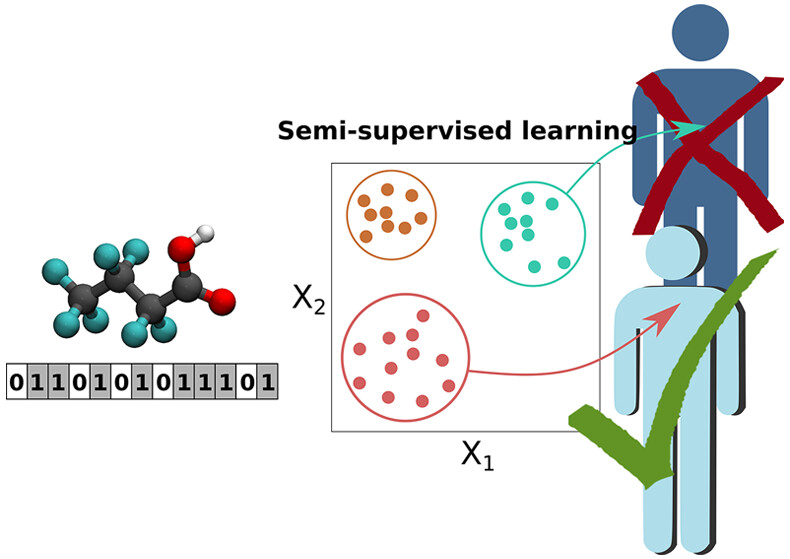
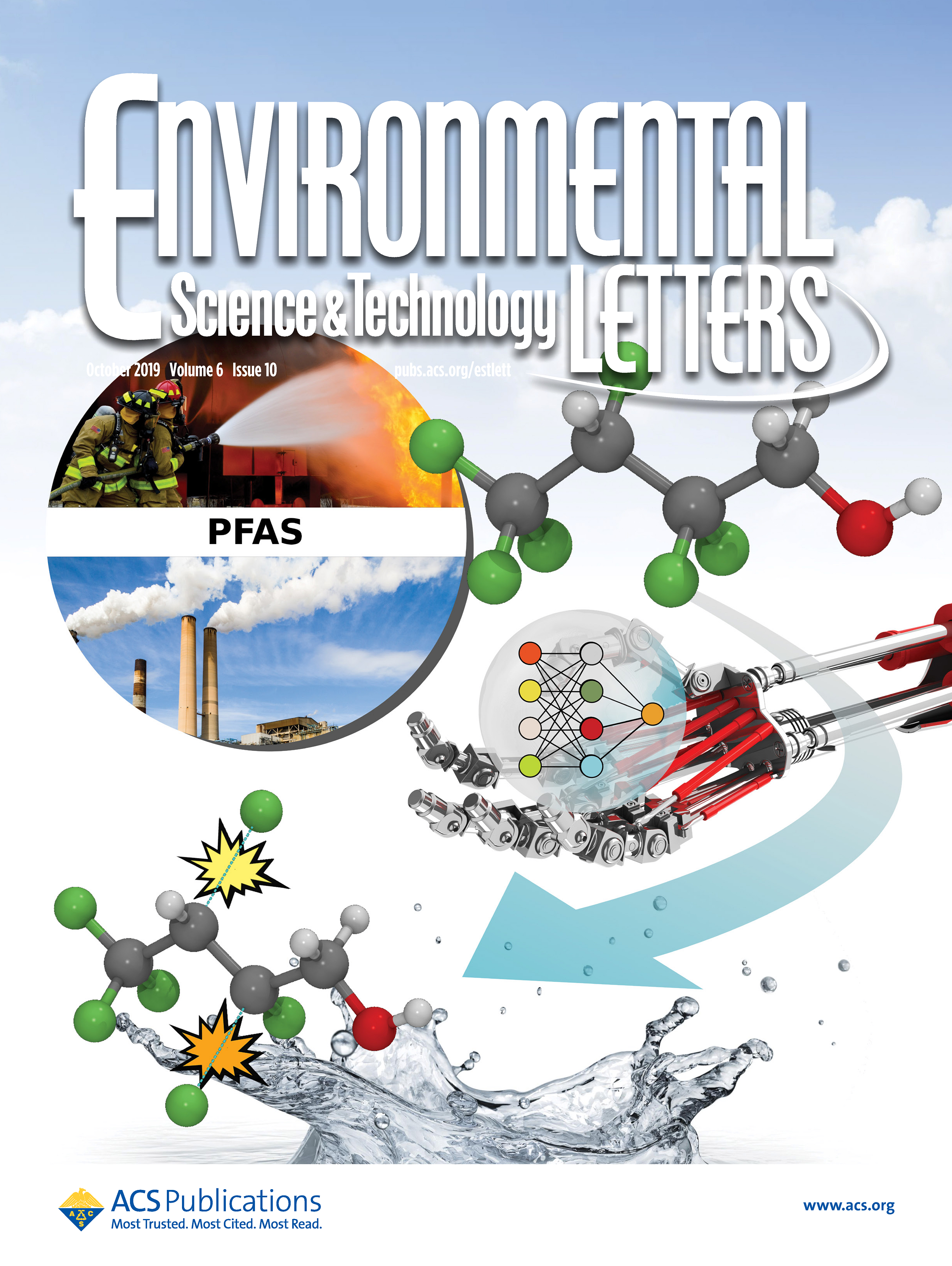
Harnessing Semi-supervised ML to Predict PFAS Bioactivities
H Kwon, ZA Ali, BM Wong
Environ. Sci. Technol. Lett. 10 (11), 1017–1022
Read the paper
Best paper award
Degradation of Perfluoroalkyl Ether Carboxylic Acids with Hydrated Electrons
MJ Bentel, Y Yu, H Kwon, et al.
Environ. Sci. Technol. 54 (4), 2489–2499
Read the paper
ML Prediction of PFAS Defluorination for Efficient Treatment
A Raza, H Kwon, et al.
Environ. Sci. Technol. Lett. 6 (10), 624–629
Read the paper